Non-porous
Non-porous
Non-porous
**Non-porous** materials are substances that do not have tiny holes or pores. This means they do not allow air, water, or other liquids to pass through. In the context of packaging, non-porous materials are crucial for protecting products from moisture, contamination, and other external factors.
Why Non-porous Materials Matter in Packaging
Non-porous materials are essential in packaging because they create a strong barrier. This barrier helps keep products fresh and safe. For example, many food packages use non-porous materials to prevent spoilage and extend shelf life.
Common Non-porous Materials
Some common non-porous materials used in packaging include **plastic**, **glass**, and **metal**. These materials are often chosen for their durability and ability to protect contents from external elements. For instance, glass jars are non-porous and ideal for storing jams and sauces.
Benefits of Non-porous Packaging
Non-porous packaging offers several benefits. It provides excellent protection against moisture and contaminants. It also helps maintain the quality and integrity of the product inside. Additionally, non-porous materials are often easy to clean and reuse, making them a sustainable choice.
Examples of Non-porous Packaging
Examples of non-porous packaging include **plastic bottles**, **metal cans**, and **glass containers**. These types of packaging are widely used in various industries, from food and beverages to pharmaceuticals. They ensure that the product remains uncontaminated and in good condition.
Blog Posts with the term: Non-porous
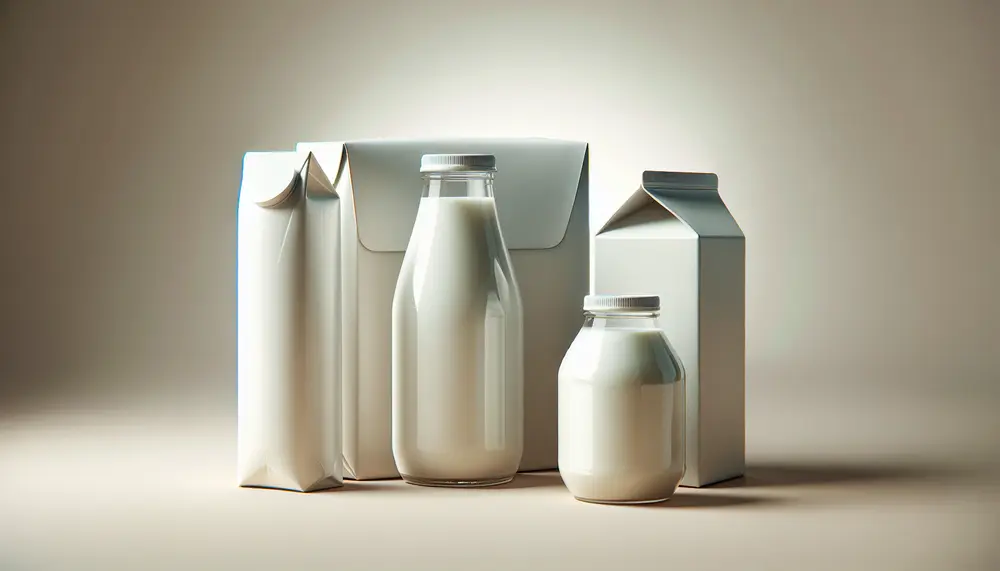
This article discusses the evolution and variety of milk packaging materials, highlighting their role in preserving milk's freshness, taste, and nutrition. It covers historical advancements from glass bottles to modern sustainable options, examining each material's benefits and drawbacks for consumers...

Packaging materials range from traditional paper and glass to modern bioplastics, each with unique properties affecting product safety, cost-effectiveness, and environmental impact. Selecting the right packaging is crucial for brand identity, customer satisfaction, and sustainability; factors like protection needs, branding...

High Density Polyethylene (HDPE) is a crucial material in food packaging due to its durability, chemical resistance, and ability to maintain product integrity under various conditions. It offers advantages such as cost-effectiveness, lightweight nature, customization flexibility, and significant contributions to...
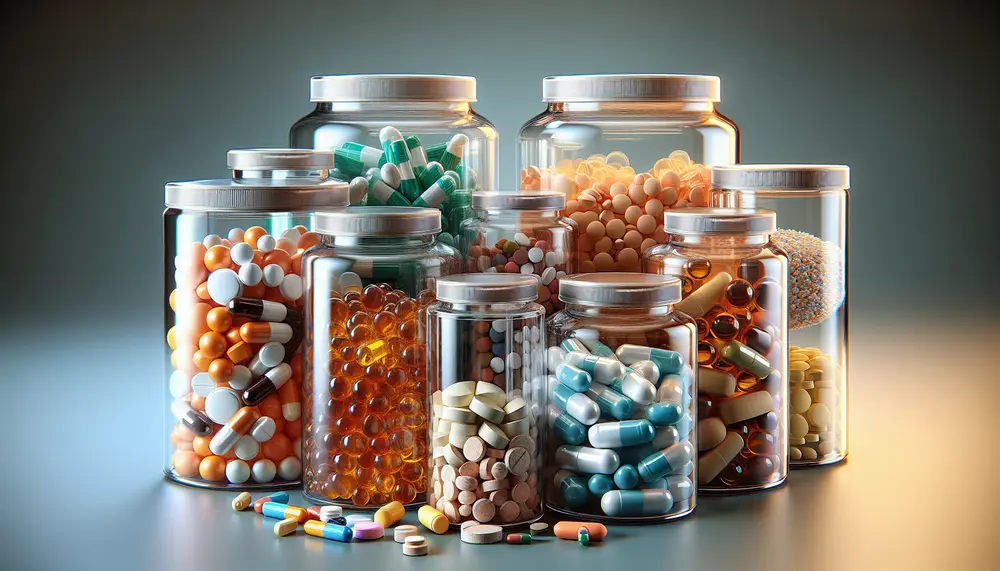
Glass is the preferred material for pharmaceutical packaging due to its chemical inertness, excellent barrier properties against gases and moisture, non-porous surface, recyclability, aesthetic appeal, temperature resistance, and light protection capabilities. These attributes ensure that medications remain pure, stable, effective...

Parchment paper is a versatile, non-stick baking essential that withstands high temperatures and simplifies cooking processes like en papillote. It comes in bleached or unbleached varieties, with the main difference being color due to chlorine treatment; both types offer similar...
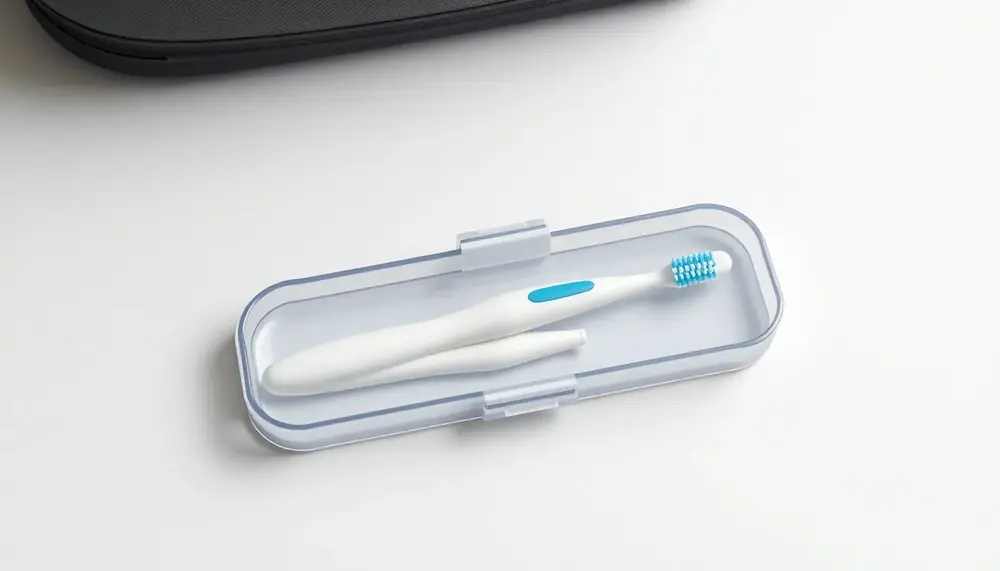
Toothbrush protective cases come in various types—clip-on covers, full-length travel cases, sanitizing options, eco-friendly designs, and child-specific models—each catering to different needs like hygiene, convenience, sustainability, or style. Key features to consider include ventilation, secure closure, ease of cleaning, weight/bulkiness,...
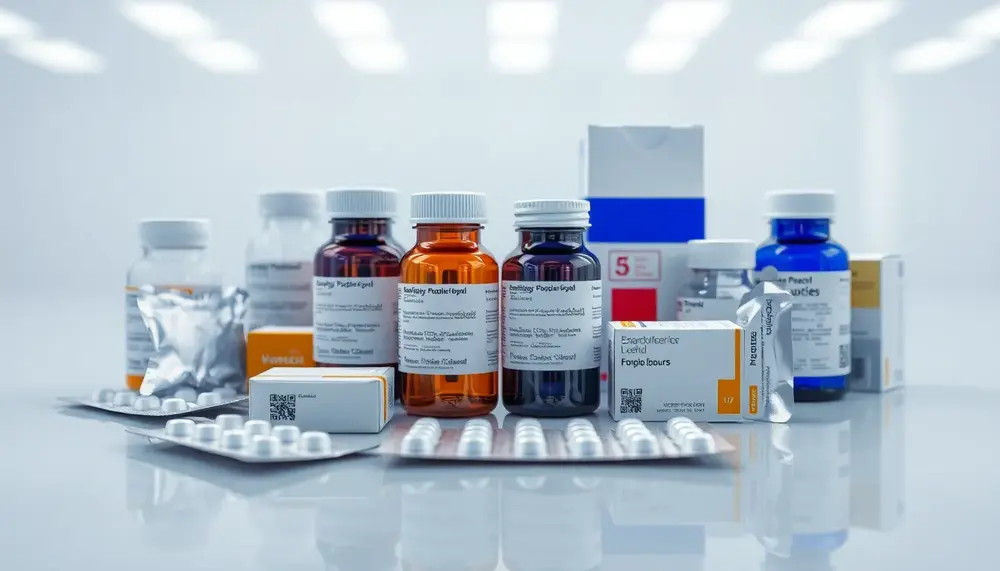
Pharma-grade packaging is a meticulously designed system that ensures the safety, stability, and usability of medications by protecting them from environmental factors, contamination, and degradation while meeting strict regulatory standards. It incorporates advanced materials, user-friendly features like tamper-evident seals, and...

Packaging foil, especially aluminum, is essential for protecting products from external elements and preserving their quality across industries. Premium foils offer superior barrier qualities, thermal insulation, improved seal strength, aesthetic appeal, and can be customized to enhance brand image. Various premium...
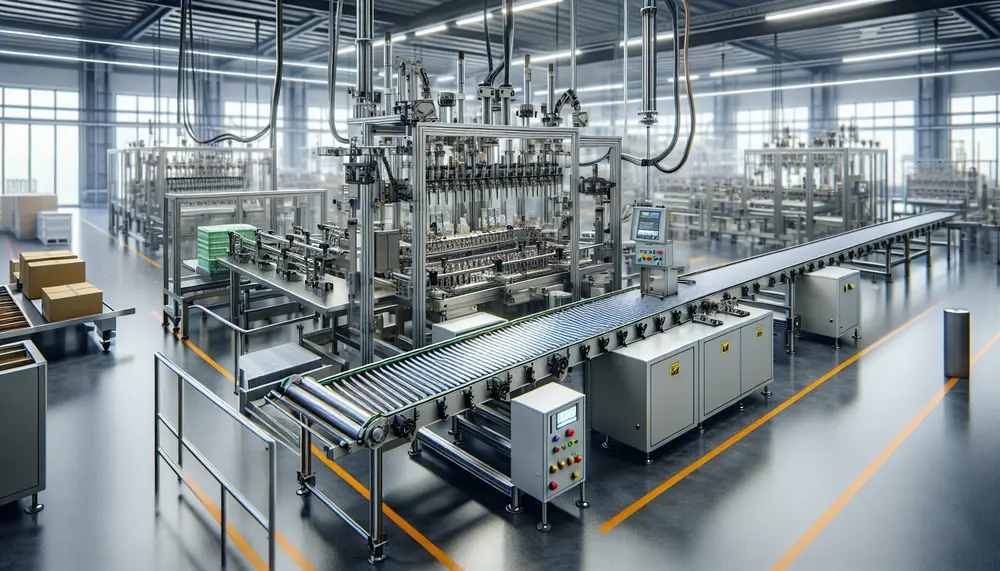
Industrial food packaging machines are essential for the efficient, safe, and consistent packaging of products in the food industry, enhancing product longevity and meeting mass production demands with technologies that extend shelf life and ensure regulatory compliance. Advancements in this...
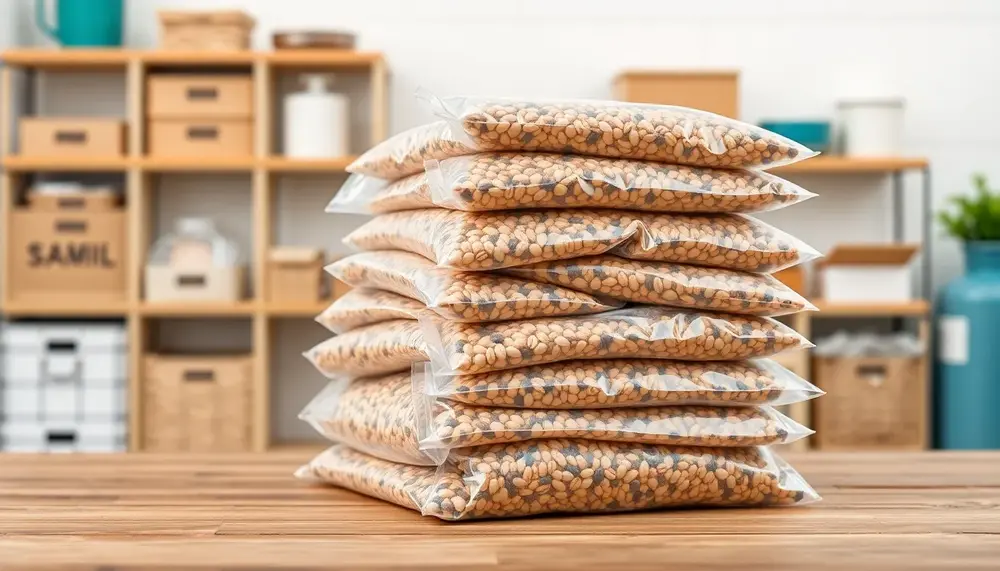
Heavy duty plastic packaging bags are durable, versatile solutions designed to withstand heavy loads, harsh environments, and diverse industrial needs. Their waterproof, weather-resistant properties and customizable designs make them essential for protecting goods across sectors like agriculture, construction, food storage,...

